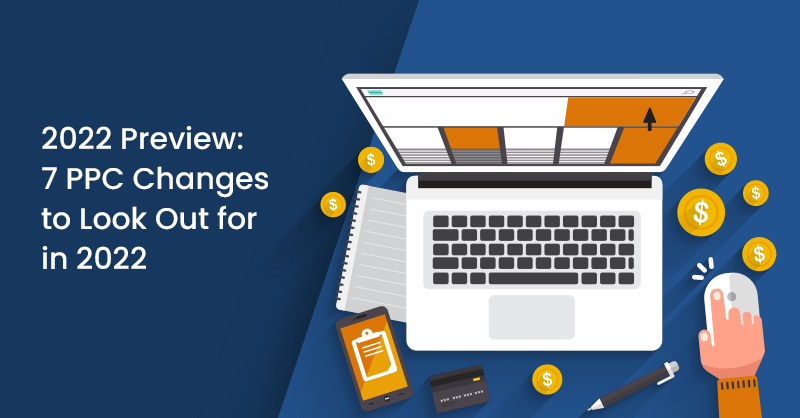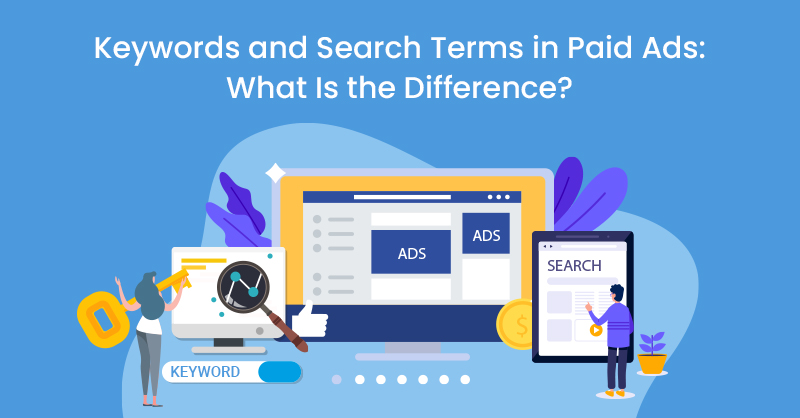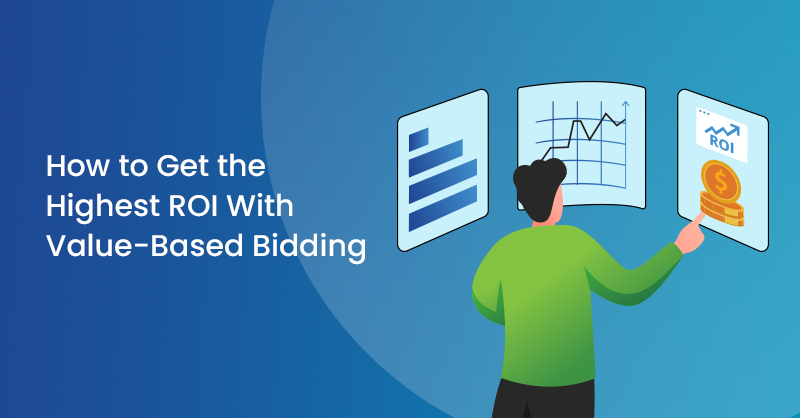The Google ads platform, and other paid social media channels alike are shifting, and they are shifting fast. This year (2021) we’ve seen a number of automation centric changes take place, not including the inevitable phase-out of the beloved ETA.
Savvy makers will succeed in 2022 by being agile and adapting to changes long before they take place. Take the following 7 changes as your guide to successful Google ads, and paid social strategy adoption. Let's get into it.
1. Changes to Ad Formats and Keyword Match Types
Expanded Text Ads (ETA) are being phased out of Google's ad network, with advertisers no longer being able to create or amend ETAs after June 30, 2022. Outwardly, only Responsive Search Ads (RSAs) will be able to be created and edited. To find the best performers, this ad style automatically evaluates multiple combinations with a maximum of 15 headlines and four descriptions per ad. The goal of this change, according to Google, is to present the 'right message for the right query' across a larger range of relevant auctions. Since February 2021, RSAs have been the default ad type on the Google Ads platform.
It's worth mentioning that existing ETAs will continue to function until June 2022, providing data for reporting and being pausable/removable. Due to the automatic nature of RSAs, thorough breakdowns of exact copy performance is not possible. As a result, we advise thoroughly testing specific ad copy combinations until they reach their cut-off point. You might also want to build ad versions ahead of time for future use and testing. Implementing RSAs across all ad groups today should aid in the development of realistic CTRs and conversion benchmarks.
During the first half of 2021, Google began merging components of Broad Match Modifier (BMM) into phrase match, resulting in the demise of BMM as a discrete match type. This version essentially brought phrase match closer to BMM levels while still allowing for customizable search query targeting. BMMs could no longer be produced after July 2021, and legacy BMM keywords automatically adopted the revised phrase matching behavior.
2. PPC Automation
PPC Automation appears to be a PPC trend that is well and firmly established. However, when compared to other marketing automation, Pay-Per-Clicks automation support has a long way to go. The good news is that PPC Automation assistance will be available in 2022.
As the worldwide automation sector expands, so are advertising automation techniques to help businesses achieve their online marketing goals. Using automation across all marketing channels is not only a smart move, but it's also a necessity, and PPC Automation will be one of the most important marketing trends in 2022.
You might be wondering how PPC Automation will progress in 2022. For starters, we expect considerably more help with ad testing, CTA analysis, and data diagnostics, all of which are critical for spotting wasted advertising and making appropriate modifications.
3. RDAs (Responsive Display Ads) The New Display Ad Format
Google's adoption of Responsive Display Ads (RDAs) is expected to continue in 2022, according to our estimates. Google now automatically mixes customer-provided ad elements including photos, videos, headlines, and descriptions, making the creative process much easier. This format broadens advertising reach by optimizing for a variety of ad slots across the Google Display Network while keeping brand image and reducing dependency on internal/external designers.
RDAs can still be used with traditional static picture display advertisements for prospective advertisers who are unclear whether new dynamic ad formats will benefit their business. This allows them to test and compare results.
4. Attention Grabbing Video Ads

Users' attention spans are shrinking, thus this increase in video consumption comes with a caution. With it, the requirement for quick, focused, and brief content has become critical, with 25% of adults saying they will stop watching a video after 10 seconds.
This tendency is notably visible in the widespread adoption of short-form video-based social media platforms: TikTok has surpassed one billion users worldwide, YouTube Shorts has established a $100 million fund to be distributed to content creators between 2021 and 2022, and Instagram has announced its intention to become a video-first platform optimized for mobile viewing, with full screen reels and IGTV as focal points. Google has created a machine-learning-powered tool that generates many short (6-second or fewer) films known as bumper ads, which are extracted from key moments inside lengthier assets and tailored to be displayed in front of YouTube videos.
On the channels indicated above, a successful sponsored media video strategy will attempt to create realistic advertising experiences that mirror organic content. Another option would be to reupload high-performing pre-existing organic videos as separate paid adverts. This strategy's in-app engagement data is unaffected by iOS tracking limits, enabling for precise retargeting and lookalike audiences to be created.
5. Social Media As A Marketplace
Purchasing things using social media networks is not a novel concept; in fact, over 25% of customers now use social media to discover new products. Social commerce, on the other hand, strives to provide more seamless user experiences by allowing purchases to be made directly within the app. The distinctions between content generation, entrepreneurship, and consumption are blurring. This tendency is becoming more visible in video-centric platforms, which provide a seamless way to present products and their characteristics in context.
Platforms like TikTok have been experimenting with new features as a result of this recent evolution, which combines the convenience of social commerce with its inbuilt emphasis on virality: products can now be promoted and sold directly through livestreams, and a recently expanded partnership with Shopify has introduced TikTok Shopping, an in-app feature located within certain approved profiles. TikTok campaigns may now be managed and optimized directly from the Shopify dashboard.
6. Adoption of Voice search
Consumer demand for voice-enabled services like Alexa, Bixby, and Siri, as well as developments in voice-based AI technology, have resulted in tremendous growth in the voice search industry. According to analysts, the market will rise from $2.8 billion in 2021 to $11.2 billion in 2026.
As a result, voice-driven shopping is predicted to grow in popularity, reaching a market size of $40 billion by 2022, up from $2 billion in 2017. Due to the rising availability of mobile devices that allow voice-enabled technology, on-the-go searches will account for a significant portion of this search traffic. According to research, one of the main goals of on-the-go searches is to find local information about nearby companies. As a result, we should think about taking the following measures to optimize for location-specific voice search queries:
- Update the information in 'Google My Business,' local directories, and map listings on a regular basis.
- To respond to spoken inquiries, use conversational, natural language.
- 'Near me' and 'Open now' are good query modifiers to use.
- At least one ad group based on conversational language and these keywords should be included.
7. Pivoting The Google Ads Model From Efficiency to Effectiveness.
(Advertising campaigns that result in additional consumers and revenue) Smart marketers understand that they can't merely focus on the amount of leads (forms and phone calls) generated by their campaigns.
Advertisers must maintain the client at the forefront of their minds and at the center of their PPC ads in order to win. To do so, algorithms must be trained to understand what form of conversion results in a new consumer. You have two choices when it comes to Google Ads:
- Integrate your CRM with Google Ads directly (most common)
- If direct integration isn't possible, manually pass data back.
Unsurprisingly, the higher-quality leads are also the most expensive. Customer acquisition costs, on the other hand, will decrease when they become customers and create income.
Conclusion
At the end of the day, whether we’re talking Search ads, Display Ads, Video or any other advertising format - we’re humans reaching out to other humans. In other words, we have to dive into the minds of our audience to best understand what they are adapting to, not just what the platforms are enforcing. Always research and keep up with the trends, because these days, it's easy to get left behind - and can often cost you a pretty penny.






